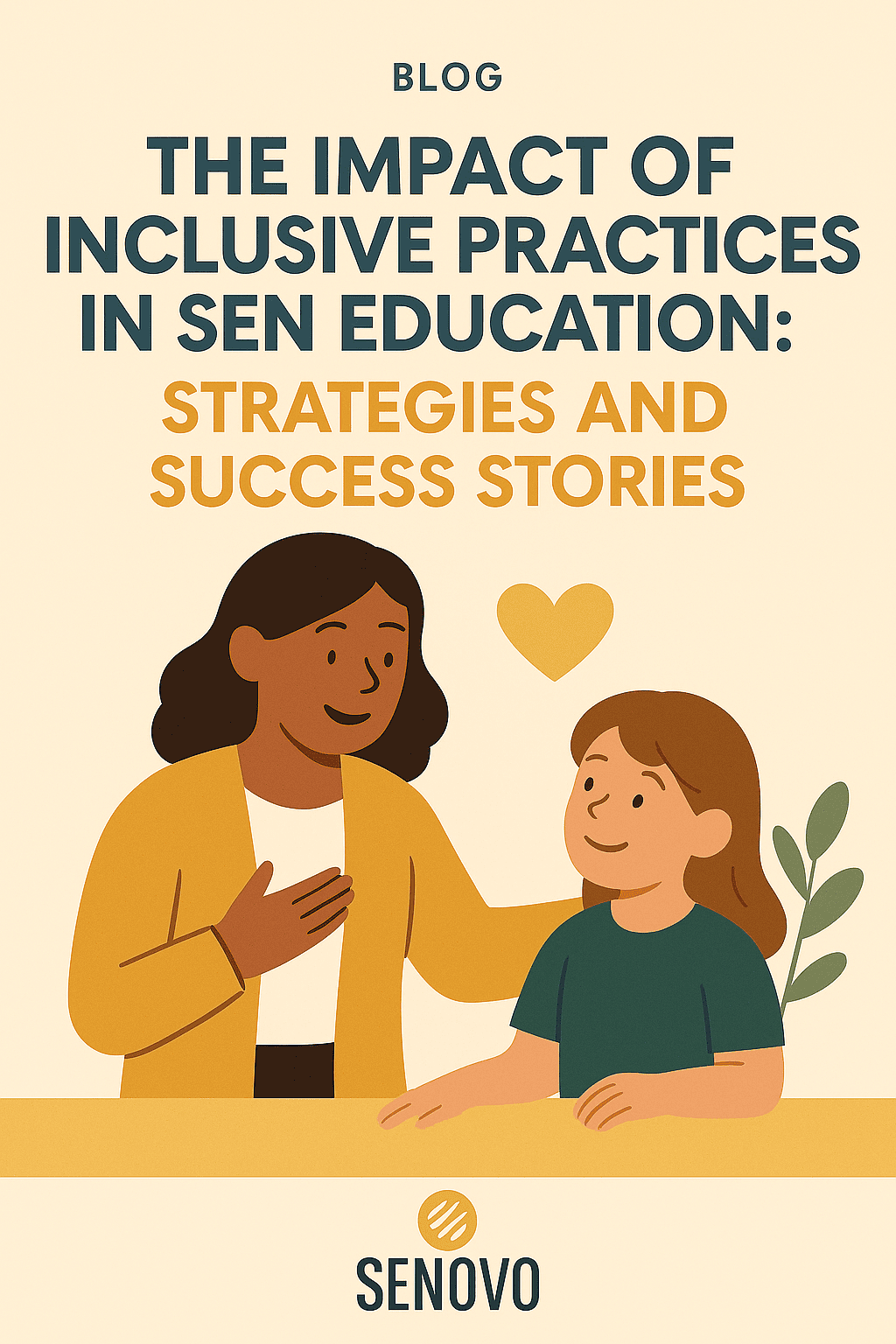In today’s classrooms, inclusion is more than a buzzword—it’s a foundational principle that ensures every child, regardless of ability or background, feels valued, supported, and capable of success. For students with Special Educational Needs (SEN), inclusive education transforms outcomes, self-esteem, and long-term potential. This post explores what inclusive practices really look like, strategies for implementing them, and success stories from schools making it work.
What Is Inclusive Education?
Inclusive education means educating all students together in mainstream settings, with appropriate accommodations and support. Instead of separating students with SEN into isolated environments, inclusion integrates support into the general classroom, where possible.
Key principles of inclusive education:
Every child has the right to learn alongside peers.
Diversity is respected and celebrated.
Teaching is differentiated to meet individual needs.
The entire school culture supports accessibility, belonging, and collaboration.

Practical Strategies for Inclusive SEN Classrooms
True inclusion isn’t just physical placement—it’s about intentional, ongoing support.
1. Differentiated Instruction
Adjusting teaching methods and materials to suit individual learning profiles. This can mean using visuals, breaking tasks into steps, or offering alternative ways to show understanding.
2. Use of Teaching Assistants (TAs)
SEN TAs are central to inclusive success. They help students access the curriculum, regulate emotions, build confidence, and stay engaged without separating them from the class community.
3. Flexible Grouping
Switching up peer groups so that SEN pupils interact with a variety of classmates. This fosters belonging and breaks down social barriers.
4. Assistive Technology
From text-to-speech tools to visual timetables and adapted keyboards, technology helps students overcome barriers and participate fully.
5. Classroom Routines and Sensory Considerations
Predictable routines reduce anxiety, while sensory tools or quiet zones help students with ASD or SEMH remain regulated and ready to learn.
Success Stories from Inclusive Schools
Case Study 1: Supporting SEMH Through Peer Mentoring
A primary school in South London introduced peer mentoring for children with Social, Emotional and Mental Health needs. With training and oversight from TAs, older pupils supported younger ones through playground challenges. The result? Improved behaviour and stronger peer relationships.
Case Study 2: Autism-Friendly Classrooms
A mainstream school in Barking adapted three classrooms with lower lighting, visual schedules, and reduced noise levels. With SEN TAs supporting transitions, autistic pupils reported feeling calmer and more focused, and their attendance improved significantly.
Case Study 3: Literacy Through Multi-Sensory Learning
An SEN TA working with a student with dyslexia introduced sand trays, textured letters, and colour overlays to make phonics more engaging. Within two terms, the pupil's reading fluency increased by over a year.
The Role of SEN TAs in Inclusion
TAs are often the bridge between a child’s individual needs and the whole-class environment. They:
Provide targeted support without removing pupils from peers
Build trust and consistency
Collaborate with teachers to adapt lessons
Advocate for adjustments that make the classroom more accessible
SEN TAs are not just helpers—they are inclusion specialists.
Final Thoughts
Inclusive practices are not one-size-fits-all, but they all begin with a belief: every child belongs. Whether through small daily adjustments or wider cultural shifts, schools that prioritise inclusion set the foundation for every student to thrive.
At Senovo, we work with schools and TAs who champion inclusive education every day. Let us help you find the right support to build an inclusive classroom where every child can succeed.
